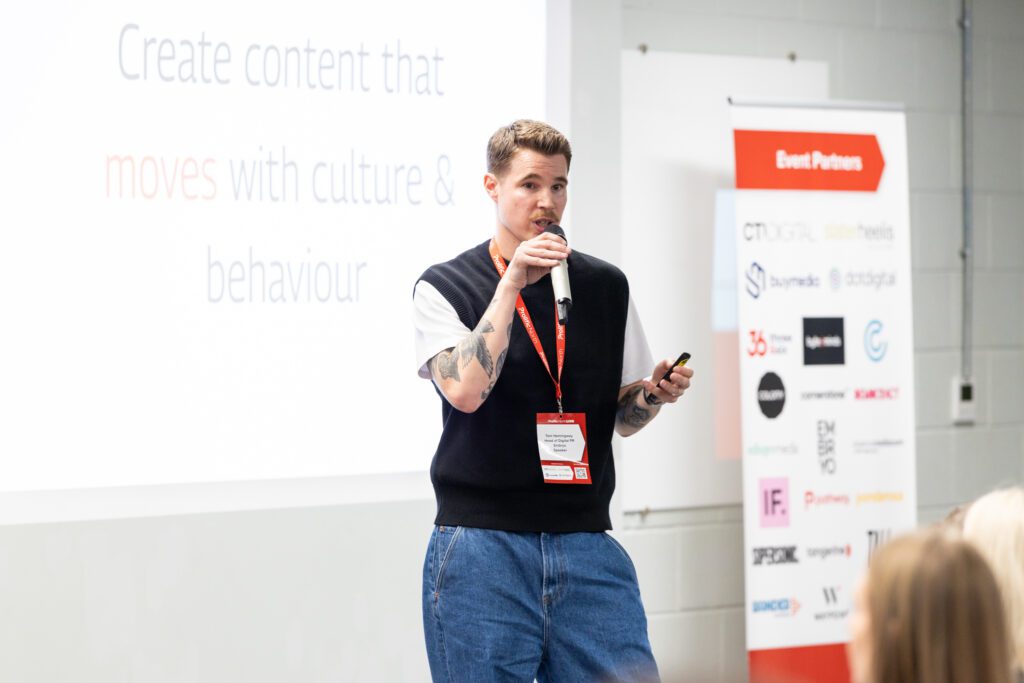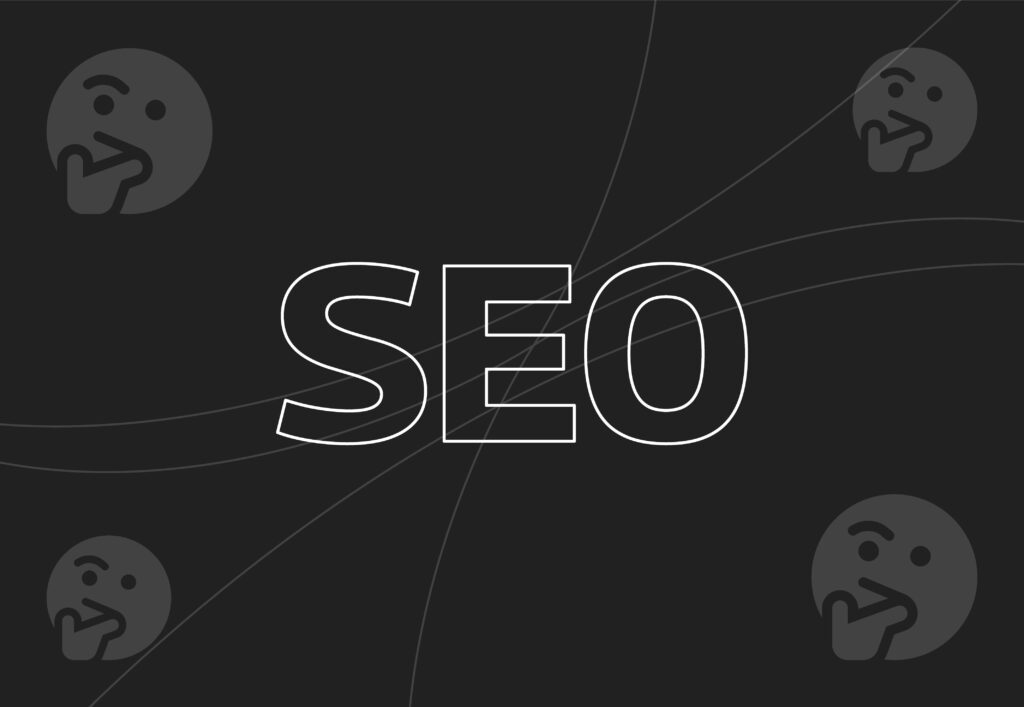
Creative Assets and Digital PR

The Digital PR world is more competitive than ever before. With agencies and in-house teams going above and beyond to conceptualise the best campaign ideas to get brands in front of the media and readers – in new and interesting ways. Both creative assets and multimedia content are a big part of this.
In this blog, I’ll tell you why they’re useful and important, and the different types of assets that can be created, but also why I believe you DON’T always need a big, shiny campaign with compelling assets to achieve success.
Cision’s recently published 14th annual State of the Media (SOTM) 2023 report touches on key findings from a survey of more than 3,000 journalists from across the globe. Data and visual storytelling formed a big part of this, and it’s insights like these which can help Digital PRs and brands to be better informed when it comes to creating content.
It said: “Perhaps as part of a concerted effort to increase viewership and engagement, journalists are relying more on multimedia elements to enrich their content.”
If you want to deep dive into the best way to get your business featured in the press with impressive results that drive traffic to your site, increase brand awareness and improve your keyword rankings, feel free to contact our Digital PR team at 0161 327 2635 or email info@embryo.com.
Different Types of Assets
The world is your oyster when it comes to asset creation – well if you have good developers and designers at your disposal! But, what I mean by this is there are lots of different types of assets that you CAN create, and the whole point is to think outside of the box.
However, you want something journalists can either use within their stories or link to, and that conveys your message. There’s a lot of talk within the industry about whether or not a dedicated campaign page should be created on-site, that includes multiple assets of its own. The idea behind this is content like this, which provides untold value, is highly-shareable and will lead to more links achieved.
Of course, this depends on the time, resources and budget you have at your disposal – as well as your goals. You really need to believe in your story and content if this is what you choose to do, because a hell of a lot of effort would be going to waste if it doesn’t generate the interest you desire.
But the good thing about a campaign page or even a microsite is that it is likely to continue to gain links over time, even when the original publicity phase has passed and especially if the page is a relevant and credible data source. The secret to success is often creating the gift that keeps on giving.
Examples of campaign assets could include:
- Photos and videos
- Landing pages and microsites
- Maps
- Quizzes and polls
- Games
- Calculators
- GIFs
- Slider images
- Infographics and illustrations
It goes without saying that images, infographics and illustrations are the most popular – but I don’t believe this makes them the most boring, by any means. They can all provide high value if they’re made well, are visually appealing and do their job. Impressive assets, like those are that interactive, will of course wow journalists and publications and stand the brand behind them in good stead.
Campaigns should help brands rank higher in search engines through detailed keyword research which will draw readers and journalists to the content.
The SOTM report said internal data from the Cision PR Newswire shows that press releases that include multimedia elements get up to six times more engagement than press releases with text alone. But it’s still important to remember that you don’t need multimedia content to ensure success – bar images – as these are a given. Not every newsworthy story needs to be a fully-fledged campaign, here at Embryo we’ve achieved campaign-like results from a single story. All we’re doing is telling you why multimedia assets and creative campaigns can work really well.
Examples of the Use of Different Types of Assets
Infographic, Illustration and Landing Page
Parkdean Resorts used illustrations and infographics, on a dedicated campaign page, to reimagine what famous UK landmarks would look like if they were rebuilt at the time (2021). They incorporated sustainability features, upgraded design, modern lifestyle changes and new venue uses – to generate the drawings of the London Eye, Big Ben, Stonehenge, Spinnaker Tower, Bath Roman Baths and more.
This achieved national and regional press coverage – including on Forbes.
Interactive Slider and Images
GoCompare created a campaign which showed well-known locations across the globe without their famous landmarks – inviting readers to guess the locations – to see if they’re as recognisable without them.
Landing Page
We spoke earlier about a landing page becoming the source of a plethora of data – so as to encourage links over time to the page. One of the best examples of this is Cometify’s Beauty Index. They explored the 100 most searched beauty brands in the world, ranking them on Instagram followers, Instagram engagement, Instagram ‘mentions’, Google searches and changes in searches.
This is a huge task that journalists simply wouldn’t have time to do, and that throws up dozens of findings. Thus creating a highly-valuable landing page that can be referred to over a longer period of time. Campaigns of this nature also provide multiple news angles, meaning you can write an abundance of press releases with different news hooks.
Quiz and Calculator
This on-site asset is an amazing example of how to combine multiple features into one. This tool by the Secret Linen store is technically a quiz, but one that calculates results as to how often you should wash your bedding, specifically for you.
Users are asked questions about how often they shower, how often pets sleep on the bed if they use fake tan and so on – being able to select from multiple choice answers. At the end, you get your tailored bed-washing plan.
This is great because it poses users a question – am I as clean as I think I am? It entices people to want to find out if they’re doing things right.
Infographic and Map
This campaign is one of Embryo’s own – here we created a metaverse land to bring virtual reality and our client in the crypto business banking industry together as one. We picked the most famous landmarks across the globe to feature and showed people how little it would cost to visit their dream holiday destinations in one place in the metaverse, as opposed to real life, saving them thousands of pounds.
The virtual city included Niagara Falls, Chichén Itzá, the Great Wall of China, Big Ben, the Eiffel Tower – and more. We used our in-house data analyst to work out how much the city would be worth in Ethereum (ETH) and how much the owner of this virtual city could make, when people pay the micro-transaction fee of just £2, to visit.
Interactive Slider Images and Landing Page
This campaign is a little different from the GoCompare one we discussed above – while that asset offered readers the chance to slide through various pictures, in this campaign by Outforia, you have to slide your cursor across one image at a time to view the before and after effects of climate change on various locations across the world.
The Losing Landmarks campaign struck up strong feelings in readers and allowed them to imagine a world where the effects of climate change materialise if things don’t change, with a few simple swipes. Readers could swipe back and forth as much as they like and see the effects of the changes in real-time.
Data & Surveys
You’ll have a good idea by now about how multimedia assets can add to creative campaigns. They tell a story that words often cannot. But one huge part of campaign creation, in most instances, is the data behind it.
It’s arguably the most important part and will be used to determine the makeup of any assets that follow. Typically, infographics and maps are the most popular when it comes to illustrating data.
But as I said earlier, this doesn’t mean they have to be boring. The SOTM report honed in on the value of credible data sources, with a particular mention of surveys, which are still as popular as ever.
Even if you don’t make an asset, your data can still be valuable and worthy of press coverage. If you want to carry out a survey, choose a reputable company like OnePoll – which is a market research expert that specialises in PR surveys. You can devise the questions and they do the rest, and depending on the number of questions to ask, you should be able to get lots of juicy news angles out of your data, which they organise for you.
Key findings from the SOTM report showed: “The number of journalists who indicated they’ve used web polls and surveys has more than doubled, going from 16% to 34%, underscoring journalists’ increased efforts to both engage with and understand their audiences.”
30% of journalists say they are using multimedia more than they have in the past year.
Of course, there are multiple other ways to obtain data aside from surveys, but this is where I’d recommend working with a data specialist. The best campaigns often see teams scraping data from multiple, credible sources, to populate one big data set with lots of different news hooks.
Data MUST be credible, reliable, and current. Sources could include search volume data from Google Trends or Google Adwords, an analysis of social media hashtags, and data from Freedom of Information requests submitted to public bodies.
Assets for Readers, or Assets for Journalists?
Sometimes, you can have a great story that doesn’t necessarily need an asset included in the story, on the news website it’s published on. But it can be beneficial to create one anyway so that you can illustrate your pitch and content to journalists properly, in a stronger and more concise way.
This is especially useful when you do have multiple angles or news angles to demonstrate and you want to avoid being too wordy in the press release. It’s something to consider if you have the capabilities to make one.
Here’s a round-up of some brilliant Digital PR case studies from Embryo.
So, we know that campaigns and their assets can take the media by storm, but don’t let this make you believe that everything needs to be a campaign, because it doesn’t. I strongly believe that proactive and reactive news stories form huge parts of Digital PR strategies – and your content can still go viral.
We recently worked with an adjustable bed retailer to put together a story idea about the NASA-developed Zero-Gravity feature and sleeping position their beds offer.
This achieved us more than 35 pieces of coverage and dozens of links, and while that might not be campaign-level results, the weight of those brand mentions, the value of the links and the awareness of the brand that was spread were huge – with a spike in leads, branded searches, traffic and more.
The client averaged 100 daily visitors from the US before this piece went out, and after had 1,000+ visitors to their site in one day alone.
So yes, multimedia assets as part of creative campaigns are important, and engaging, and provide people with something they didn’t know they needed. Journalists value them more and press releases with them to get more engagement. But you must get them right.
To work with an agency that understands how the importance of creative assets in the digital PR space, get in touch with us today!


